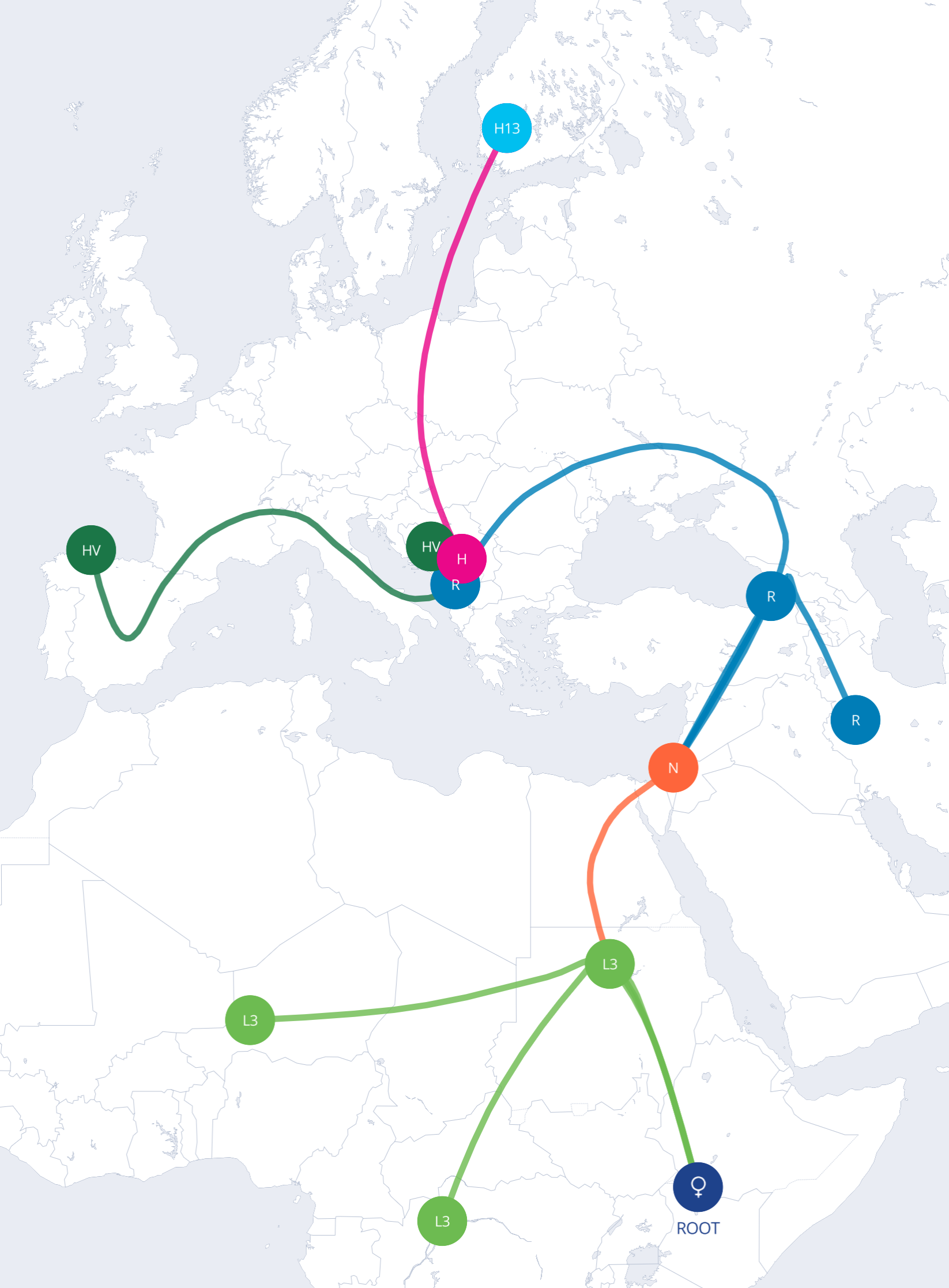In This Article
In This Article
Opening your DNA results can be thrilling — and nerve-racking. You might hope the report will name your biological mom or dad on the spot. Below is a clear, plain-language guide to what consumer DNA kits can and cannot do, plus practical steps you can take next.
Consumer kits compare tiny markers in your saliva to markers in millions of other samples. The computer then shows how much DNA you share with each person in the database.
A match is measured in centimorgans (cM). Think of cM like puzzle pieces that click together. The more pieces you share, the closer the family tie.
| Shared DNA (cM) | Common Relationship | Can you trust it?* |
| 3,400 – 3,700 | Parent or child | Yes — almost certain |
| 1,700 – 2,800 | Full sibling, grandparent, aunt/uncle | Very likely |
| 900 – 1,600 | Half sibling or great-aunt/uncle | Needs more proof |
| Under 700 | Cousin or maybe no real link | Double-check |
*Numbers are averages. Real families can vary.
Know Your DNA Reviews

Don't miss out on the opportunity to learn more about yourself. Read our best DNA test page to find the best one for you.
Ancestry kits are designed for fun family history, not for courtroom proof. Legal labs use a different set of markers called short tandem repeats (STRs). These markers change quickly between generations, making them perfect for spotting a true parent-child link.
A legal paternity or maternity test may feel daunting, but it offers finality when ancestry results leave you guessing.
Why choose a legal test:
To start, ask an AABB-accredited lab or your family-law attorney. The lab will arrange a cheek-swab appointment, check photo IDs, and mail sealed samples to the testing facility.
Learning unexpected news about your family can spark joy, grief, or both. Give yourself time to process, and consider talking with a therapist or certified genetic counselor.
Protecting your data matters too. Before uploading your raw file to sites like GEDmatch, read the privacy policy and decide what risks feel acceptable to you and your relatives.
Knowing your roots is a journey, not a single test result. An ancestry kit can point you toward possible relatives, but only a legal STR test can prove parentage beyond doubt. Move at your own pace, seek expert help, and remember: your story is yours to shape.
Know Your DNA Reviews

Looking for a DNA test that's accurate and can tell you about your health and heritage?
